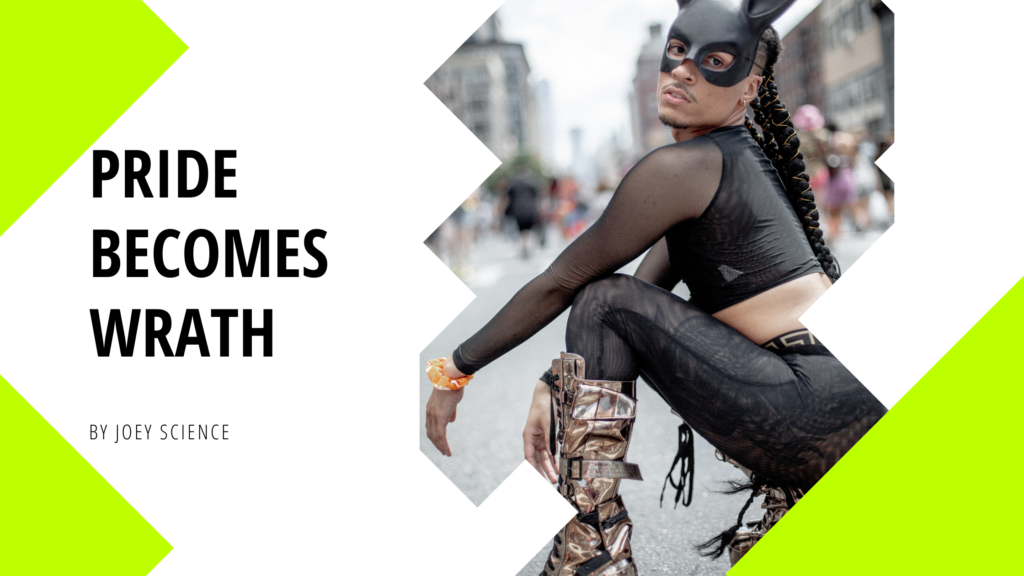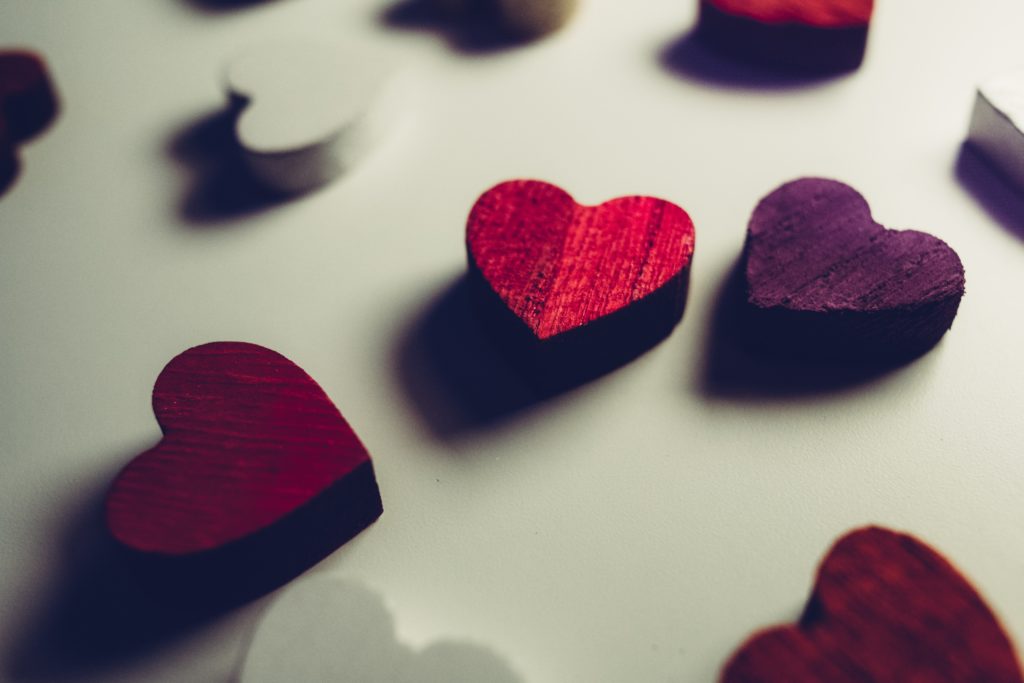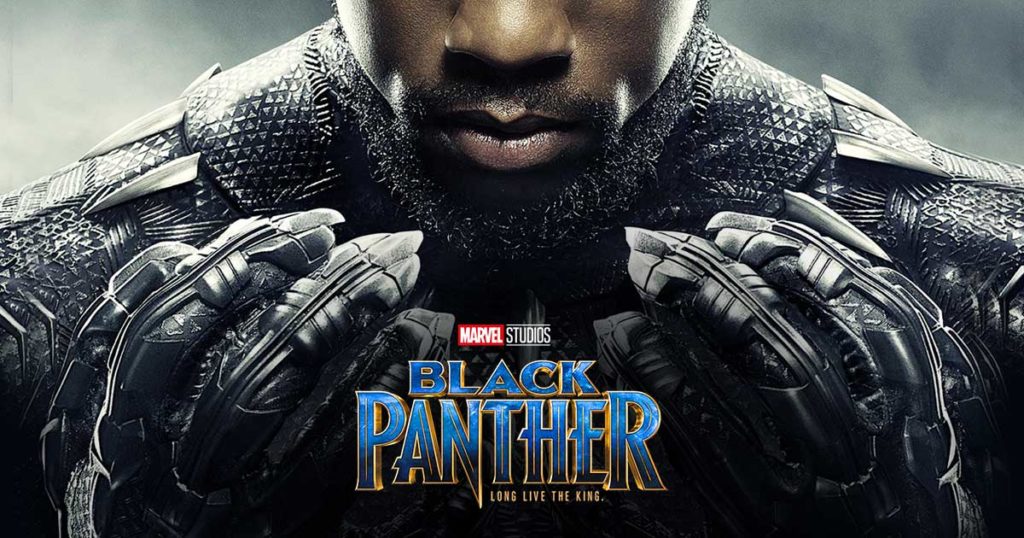A guest post by: Joey Science
Bronzeville stretched from State St to Cottage Grove, between 43rd and 47th St in the 1920s. It was historically known as Chicago’s “Black Metropolis”, and like Harlem during this time, Bronzeville was a center of Black thought and art. Being a drag performer in Bronzeville was a respectable job, because it brought home a decent amount of money. We also know from gossip magazines from the time that lesbian and gay couples walked together openly, where their presence is more reported on in terms of who is with whom than the scandal of their gayness. Many same-sex loving jazz and blues artists performed nightly at cabarets in the area, such as Tony Jackson, Rudy Richardson, Sippie Wallace, Frankie “Half-Pint” Jaxon, Alberta Hunter, and Ma Rainey. Of these cabarets, there were some that were explicitly gay friendly, such as Club DeLisa and The Cabin Inn. You can learn a lot more about these people and places at OutHistory.org’s online exhibit entitled Queer Bronzeville, written and researched by Tristan Cabello.
I pitched this article to Grey in February or March, back when I was doing research for my talk on the LGBTQ+ artists that were key innovators in blues and jazz music. I was pumped to write about the legacy of Black queer history, particularly the localized brilliance that was part of the city that still has such a big chunk of my heart. I wanted to provide a bit of a primer that synthesized some of my readings of Black LGBTQ+ history with my personal lens of being a transgender blues instructor. I wanted to pick at the ways gender and sexual identity got all wrapped up together in presentation in the 20s and 30s.
Photo by Johnny Sun on Unsplash
However, that primer about the artists that were known for having at least some same-sex relationships in their life times had to be set aside for this one. This one doesn’t get to be full of details about the “Pansy Craze” and how it led to drag entertainment being exceedingly popular in the late 20s and early 30s. It doesn’t get to be an article that shows ball culture as we know it today has a lineage that traces back to the same era as swing dancing. It just gets to give you some phrases and to google and some links to enrich yourself on your own time.
Because this year, we don’t have Pride Month. Instead, we have Wrath Month. As a white queer person, I feel obligated to lean into the anger in a way that is practically forbidden to many of my Black friends. They’ll be derided, told that their point could be better made more kindly, that folks won’t respect their message. As we hear about how looting hurts the cause of the protest, as if property loss is as important or meaningful as the millions of Black Americans who live in fear of the police, they’ll be faced with the choice to have their emotions and be discarded or be calm and still likely be told that they’re not being polite enough. So this article pivots at this time, from being about the actual subjects of my research, to the glowing embers of rage in my gut.
In my research, I was struck, time and time again by the sheer depth of what hadn’t been given to us. The breadth of my education about queer history in school was having to debate whether or not gay marriage should be legal in high school. And my education about the 20’s and 30’s mentioned jazz, but it centered white flappers, not Black queer artists. I had no idea that Bronzeville was a center of Black thought or art until I started to really dig into the history of jazz and blues and Black American queerness. Even living in Chicago for seven years, three of those just across the highway from Bronzeville, most of what I knew about Bronzeville was that white folk from the city told me that it wasn’t safe – not that even today there are vibrant art installations, that it was a place where jazz thrived.
Photo by Juliette F on Unsplash
When I was unaware of my own learned racism, I assumed that the homophobia in Black culture that I witnessed in the media was somehow uniquely Black. Nobody taught me the ways that respectability politics pushed Black gay and lesbian Americans out to the fringes, that trying to gain white respect and approval meant that it was all the same old homophobia I saw in my own community. I learned in my research that The Chicago Defender, one of the first Black papers, reported sympathetically about LGBTQ equality as early as the 1970s. This was years before any white papers in town did so.
Did you know that McCarthyism did a better job of removing homosexuals of all races from jobs than communists, and that the post-war propaganda created a singular image of how to be a good American citizen that pushed all of us to the edges? I had no idea – in my public school education, I learned that the Red Scare often led to false accusations, and that people who spoke out against people in power could get pushed out, but I had no idea that it specifically targeted gay and lesbian folk. Did you know that the Hayes code banned positive depiction of homosexuality on screen for several decades? That it was an optional code that motion picture companies opted into, not a federal guideline? We were literally erased from memory by not existing on film. Of course Black queer characters took even longer to be represented as anything other than stereotypes on film. It was suffocating to learn all of the ways that regressive policies were applied to leave people thinking that people like me are some kind of novelty, some hip trend developed by white folk.
There is a popular view that the US is gradually getting more progressive, more accepting towards differences of race, gender, sexuality. This view is so popular that it can be difficult for people to accept that there are rich Black queer histories. I’ve given my talk twice, and I’ve heard other instructors mention that folks were bisexual in discussing artists once or twice. I keep thinking that I’ll run out of anger that I wasn’t taught about the active forces it took to erase queer history when I see enough representation. But I haven’t run out of anger yet. If you are joining me in that anger, please don’t shy away from that feeling. Let it fuel your education. Let’s get mad and get talking, and undo the violent erasure of Black queer people and their impact on blues and jazz.
Read up about Tony Jackson, a Black gay man whose skills revolutionized jazz and blues piano. Or Getrude “Ma” Rainey, the “mother of the blues”, a Black bisexual woman who lived on the South Side of Chicago and toured nationwide singing the blues. Or Bessie Smith, another Black bisexual woman, who at the peak of her career as a blues and jazz vocalist was the highest paid Black entertainer in the nation. These names are starting points, but they aren’t ending points. Look to Gaye Adegbola for modern blues tunes that speak to being bisexual. This LGBTQ Wrath, it’s time to acknowledge the Black and queer roots of blues and jazz music.
This is Obsidian Tea’s first guest post. I’m excited to be offering other voices on the site, sharing their passion and expertise. The simple fact is I can’t know everything thing nor experience everything. These will be some voices I respect on their respective subject(s), give them the same attention and respect you give me. Thank you
Obsidian Tea is supported by readers like you.
Consider supporting the site by setting up a monthly donation with some cool perks/access or a one time donation.



Hey, I am very not tech savvy. I asked a friend and he suggested I consider what I needed and find a theme I like a move from there. There is a lot of learning for me to do! I’d also suggest checking out some plug ins.